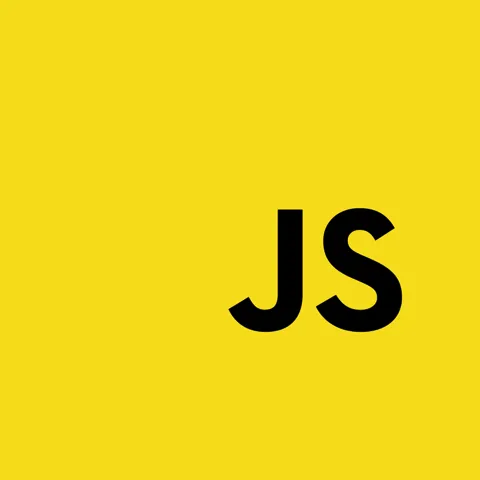Node.js Developer Roadmap 2023

We shall examine the nodejs developer plan for 2023 in this article. A step-by-step tutorial on how to learn more about node.js or become a developer using it.
The Nodejs developer plan for 2022 was one of my articles that had the greatest readership. This article serves as an expansion to the previous article’s roadmap for 2023:)
Additionally, we’ll look at how to quickly establish our first Node.js server in this tutorial.
The Nodejs Developer Roadmap 2022 is available here if you wish to read it.
Nodejs developer roadmap in 2023
This essay will The chrome V8 javascript engine supports the widely used Nodejs runtime environment. Nodejs is becoming more and more well-liked for scalable network applications every day. Node.js is widely used, and there are numerous libraries and packages available for it.
Developers of javascript can create backend (server) applications using Nodejs, which is built on javascript. Building web apps, APIs, and real-time applications like chat ones with Nodejs became highly popular.
Developers who want to learn Node.js from scratch or expand their understanding can use this roadmap as a guide.
We will examine the languages and tools required to become a proficient node.js developer in this lesson.
Javascript
It’s crucial to master javascript before diving into node.js. The fact that javascript was used in the development of node.js is the main factor, and understanding javascript is crucial before studying node.js. Therefore, it’s crucial to understand the fundamentals of javascript, such as defining variables, functions, and logic operators. Every year, Javascript improves and becomes more powerful than ever.
If you already understand these ideas, I advise learning more complex subjects like closures, prototypes, asynchronous programming, promises, and the async-await paradigm.

Nodejs is totally built on javascript. Learning javascript will increase your nodejs knowledge significantly.
Nodejs
After we have a firm grasp of Javascript, it is time to begin learning the fundamentals of Node.js. Installing nodejs on our machine is the first step. NVM installation of nodejs is what I favour. If you have not yet installed nodejs, here is the comprehensive post I wrote to help you get started using it with NVM.
You can try running some nodejs code on your machine after successfully installing nodejs on it.
Let’s create our first server and a sample of Node.js code.
Please make a file named index.js in your system.
var http = require('http');
http.createServer(function (req, res) {
res.writeHead(200, {'Content-Type': 'text/plain'});
res.end('Hello World!');
}).listen(8080);Here in this example code we have created our first server in index.js file, now lets run it with the command below
node index.jsAfter executing this code, launch your browser and navigate to
http://localhost:8080/
Your browser will display the hello world response.
Our server was established in just two minutes, and it is currently operational.
Isn’t it incredible?


